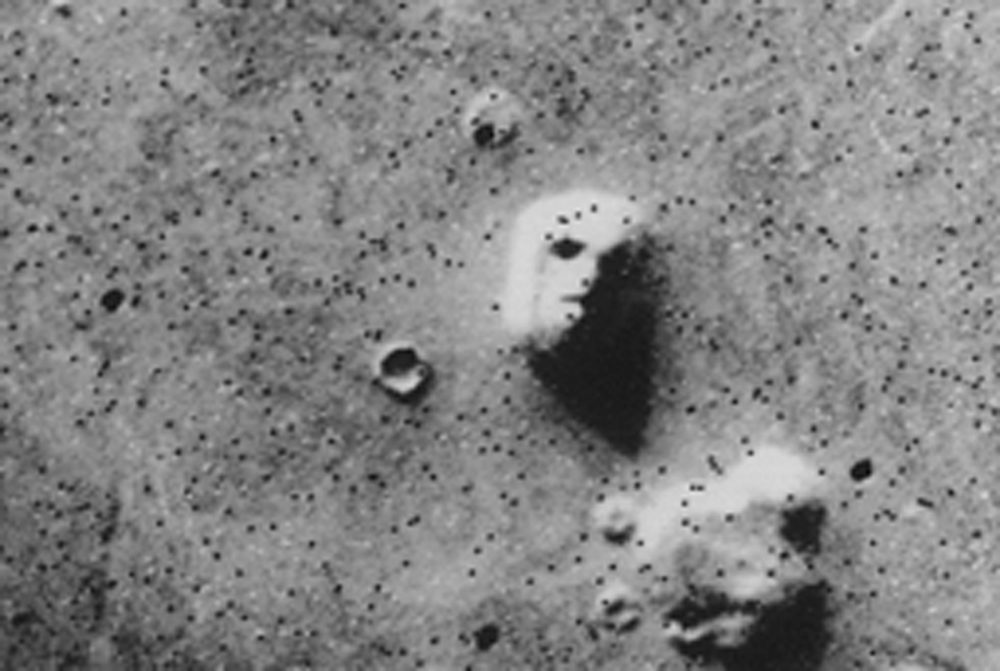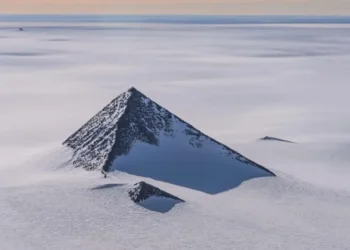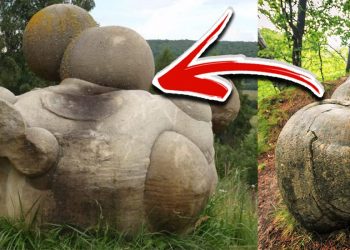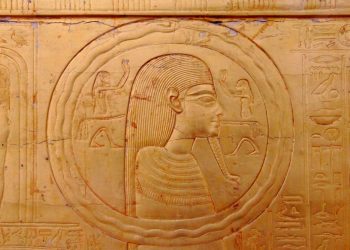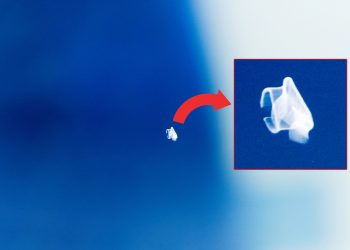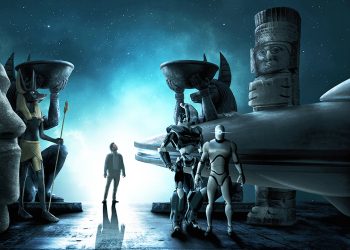Who doesn’t love a good mystery? Especially when that mystery is also packed with logic, science and a touch of strangeness.
In 1976, NASA’s Viking 1 Orbiter captured an image that would ignite decades of speculation, mystery, and even conspiracy theories. The photo, taken over a region of Mars known as Cydonia, revealed a peculiar landform resembling a human face. With deep-set “eyes,” a prominent “nose,” and a distinct “mouth,” the so-called Face on Mars seemed like a relic of an ancient extraterrestrial civilization. The first time I saw it I was “convinced” that there was something on Mars that we were not seeing entirely. I firmly believed that it was possible that something artificial could indeed exist on Mars. But…
NASA was quick to dismiss the idea, explaining that the eerie formation was nothing more than a trick of light and shadow. Despite this, the image spread like wildfire, and many weren’t ready to accept such a mundane explanation. Was this really just an illusion, or was there something more to the story?
The Birth of a Martian Myth
At a time when humanity was just beginning to explore the Red Planet, the Face on Mars fueled imaginations across the globe. Some saw it as undeniable proof that an intelligent civilization once inhabited Mars, leaving behind monumental structures like those of ancient Egypt. Others believed it was part of a broader cover-up by space agencies to hide the truth about extraterrestrial life.
The theories didn’t stop there. Enthusiasts pointed to nearby formations in Cydonia, claiming they resembled pyramids and city ruins, further supporting the idea of an ancient Martian civilization. For decades, these beliefs persisted, bolstered by grainy, low-resolution images that left plenty of room for speculation.
But as technology advanced, so did our understanding of Mars.
A Closer Look: Science vs. Pareidolia

Fast forward to the 21st century, and the Face on Mars underwent a major reality check. In 2006, NASA’s Mars Reconnaissance Orbiter equipped with the High-Resolution Imaging Science Experiment (HiRISE) camera revisited Cydonia, capturing images with unprecedented clarity. The result? The face seemingly vanished.
What was once thought to be an alien monument was revealed to be a natural mesa—an elevated, flat-topped landform shaped by erosion. This geological feature, common on both Earth and Mars, was sculpted over millions of years by wind and possibly water. The original Viking image, taken at just the right angle under specific lighting conditions, had simply exaggerated the shadows, creating the illusion of facial features.
More Than Just a Face: A Window Into Mars’ Wet Past
While the Face on Mars itself turned out to be an illusion, the region where it sits remains of great scientific interest. Mars was once a much wetter world, with evidence suggesting that an ancient ocean once covered much of its northern hemisphere—including Cydonia.
Recent studies have revealed that mesas in this region contain clay minerals, indicating prolonged interactions with water. This supports the theory that Mars had a more Earth-like past, with rivers, lakes, and possibly even life. The European Space Agency’s upcoming Rosalind Franklin rover is set to explore nearby terrain, potentially unlocking further secrets about the Red Planet’s ancient climate.
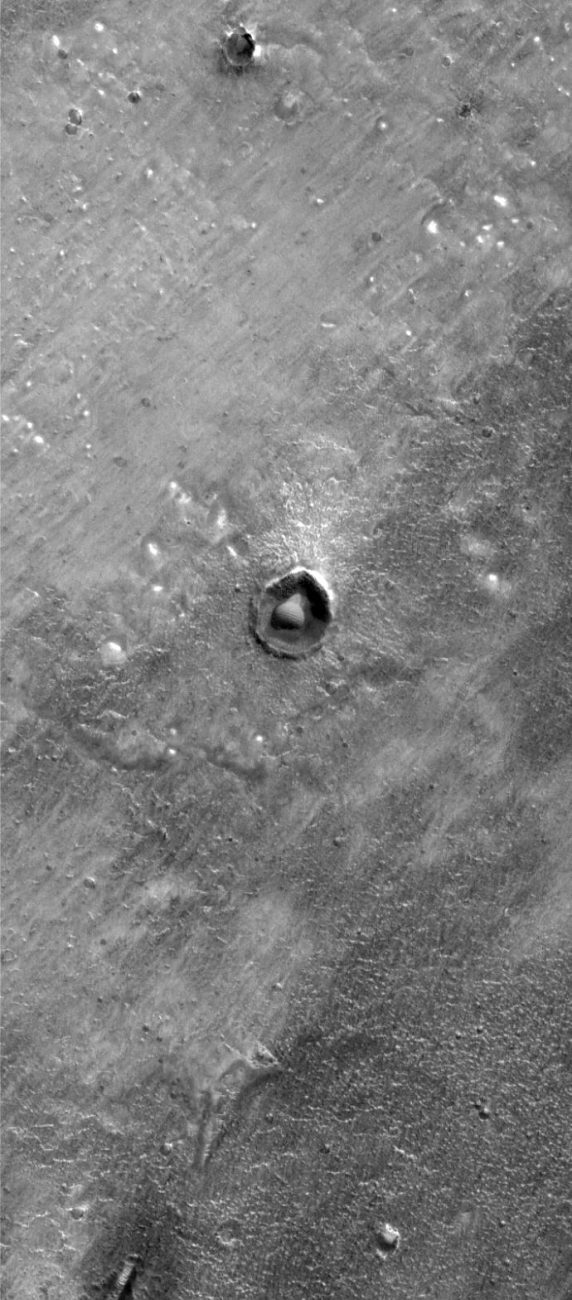
Why the Face on Mars Still Matters
Even though we now understand that the Face on Mars is a simple geological formation, its story remains a fascinating chapter in space exploration history. It serves as a powerful reminder of how human perception—particularly pareidolia, our tendency to see familiar shapes in random patterns—can fuel incredible myths and mysteries.
More importantly, the region itself is far from a dead end. Scientists continue to study the Cydonia mesas, uncovering new clues about Mars’ past. The “face” might not be a relic of an ancient civilization, but what lies beneath it could still rewrite what we know about the Red Planet.
So, while the dream of a Martian city might have faded, the search for answers is far from over. Could the remnants of an ancient ocean still hold traces of past life? Future missions may finally give us an answer. And maybe, just maybe, one day we will discover something on Mars that only a few saw coming.



